Behind the Scenes: Archaeology Edition
Written by: Melissa Hurtado
Vocabulary: A creation is a word the Massachusett Tribe uses to describe an artifact. Many of the creations in archaeological collections within Boston can be attributed to the Massachusett. For this reason and others, I have decided to use this preferred term in the article.
If you ask any archaeologist about the standardization of methods and practices in archaeology they will most likely respond with an intense facial expression.
Even today, every archaeology lab has a specific way of cataloging archaeological collections. Oftentimes, archaeologists inherit collections from their predecessors or other institutions that were not properly cataloged. These collections usually come with a report that should include the provenience information of a creation. The “provenience of a creation” simply means where the creation was found during excavation, within the grid that the archaeologist is using to dig. Some reports simply give a list of the creations along with the respective level (depth) or stratum they were found in. However, many times there are reports with missing or incomplete information. For these collections to be accessible to the public, archaeologists need to re-catalog these collections and make sure that every object has been sorted through and accurately given provenience and contextual information. This process can be challenging, especially when it is a large collection with missing or coded information that can be hard to translate.
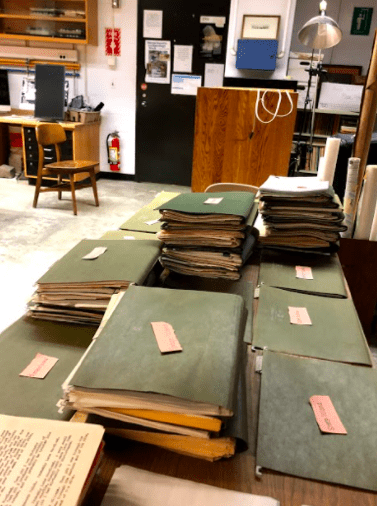
Thanks to Sarah, our lab manager at the City of Boston Archaeology Lab, we have standard protocols for what to do when re-cataloging a collection. This is done so that collections are kept in good shape and so that the public can have access to them.
I’ll take you behind the scenes of what it’s like to re-catalog a collection as an archaeologist at the City of Boston Archaeology Lab.
- First you must find the original reports associated with the collection and try to find any provenience information.
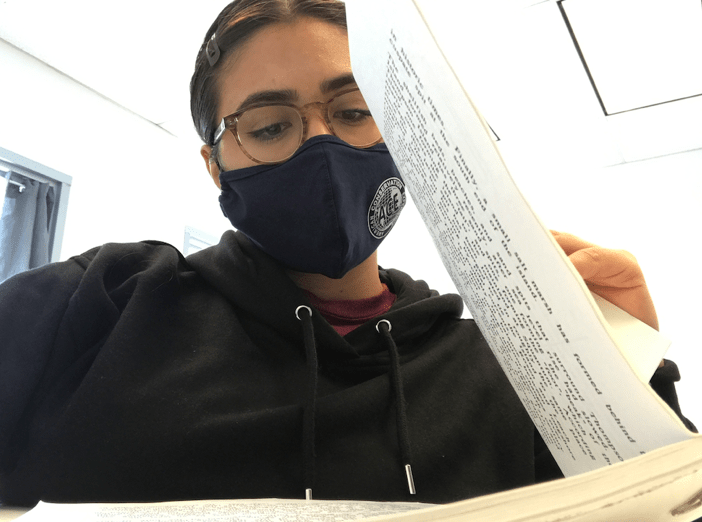
- Second, you must digitize the catalog information in an Excel spreadsheet and provide each bag and creation in the collection with a specific provenience code. With this code, archaeologists at the lab are able to know exactly what is inside and where something is.
- After you are done inputting the data, you most likely have to make new plastic bags (4 inches thick) to store everything in. Additionally, collections should be in acid free boxes as old boxes become acidic over time which means you’ll have to get brand new boxes for the collection. This is so that the acid in the boxes does not react with anything inside of the collection and ultimately damage it. The bags as well as the boxes should be properly labeled with the same information from the spreadsheet.
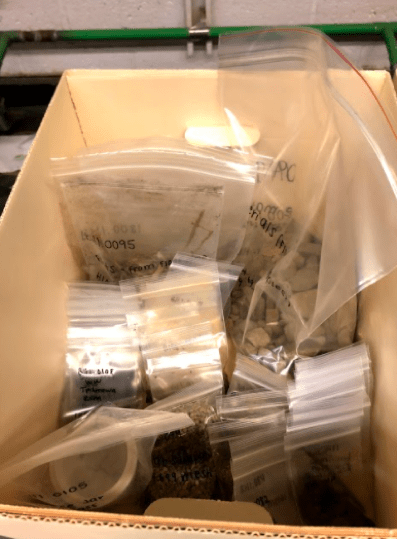
- Once you have all the digitized information ready as well as the physical storage materials, you are ready to sort!
This includes inputting more information into another spreadsheet with information that describes what the creation is. For example, here you can see all the different types of creations that can be cataloged. This can range from fauna, floral, ceramic, to mineral.
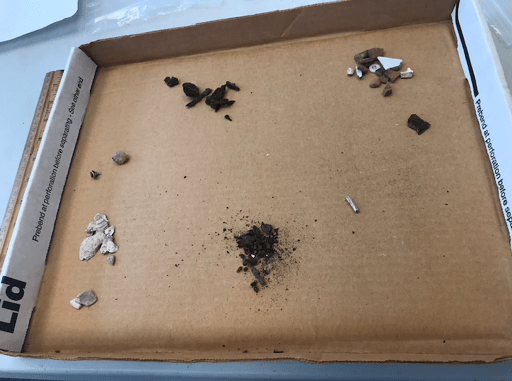
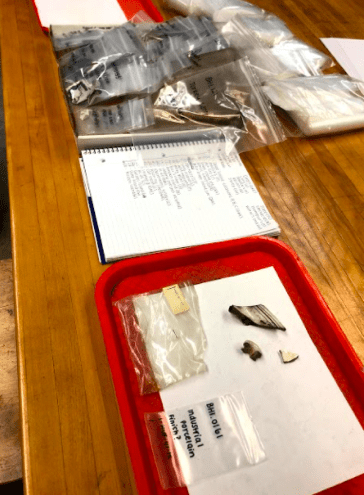
From there, it can get extremely specific, like what type of ceramic it is, what it was made from, what was stored in it, etc…
- After sorting is done, each creation is photographed and added to the same spreadsheet. This information is then made public on the city of Boston Archaeology Program website. The collections are then stored away in a temperature controlled room.
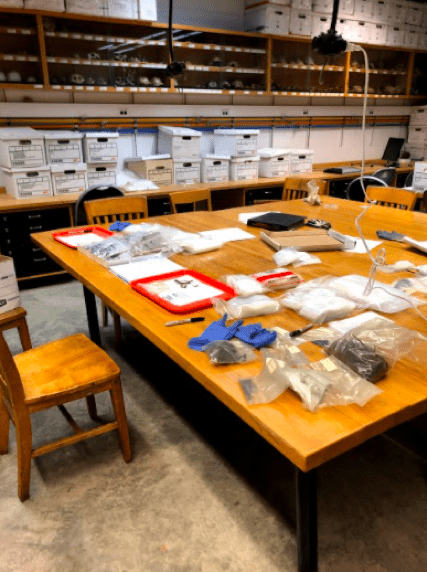
These are just some of the things on an archaeologists to-do list. It can be meticulous but it is important for multiple reasons. One of them is making collections accessible to Indigenous and descendant communities who have connections to the creations within them. It is not a perfect system since some of these collections should be repatriated but it is an important first step to getting to that point. Usually when people think of an archaeologist, they think of them in the field. However, most of our time is spent in the lab and in front of a computer. If you are interested in this field I would suggest investing in some blue light glasses!
Want to volunteer or follow a career path in land conservation and preservation? Discover American Conservation Experience.
